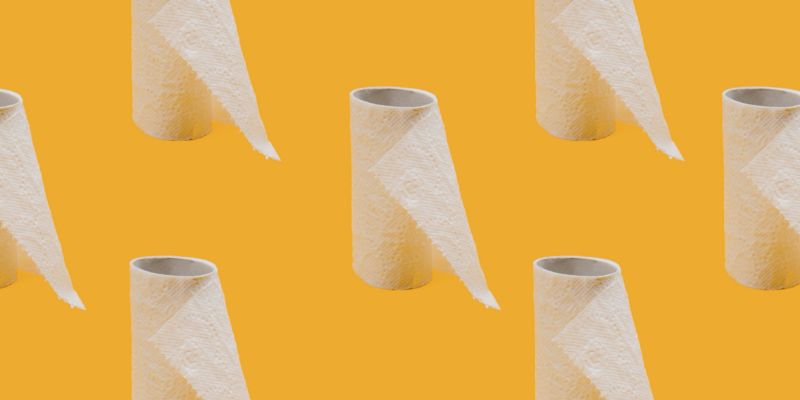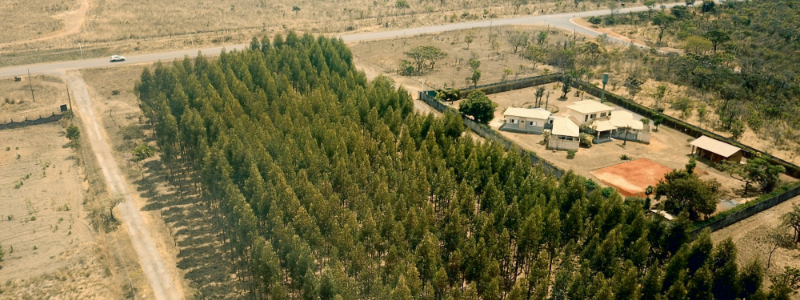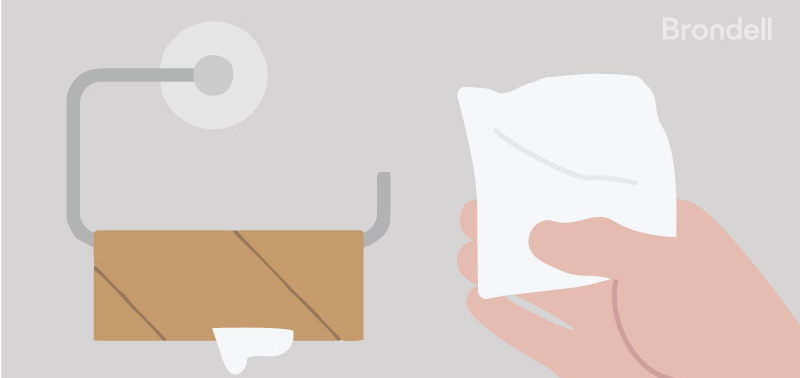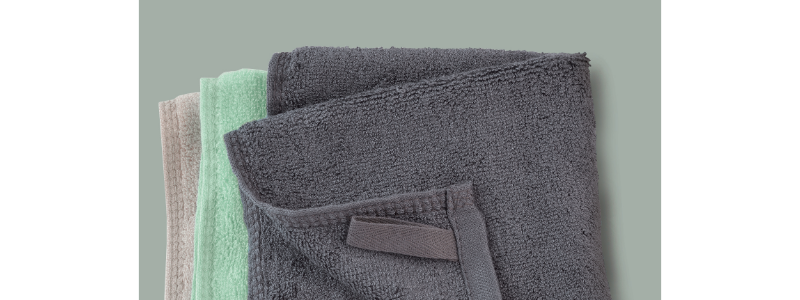
If you’re at all eco-conscious, you’ve probably changed some of your behaviors to help save paper. Trees are pretty important, after all, and old-growth forests are a precious natural resource that needs to be protected. Maybe you use a cloth napkin instead of a paper towel, write on both sides of scrap paper, or request paper-free billing from your bank or cell phone provider. These are all great ways to save paper—but what about all the paper you’re flushing down the toilet?
On average, each American uses up to 141 rolls of toilet paper per year, according to Statista. A little staggering, huh? And all those quadruple-ply, extra-fluffy, cottony-soft toilet paper rolls come at a huge cost not just to your wallet but also to the environment.
How is soft toilet paper bad for the environment?
For starters, it is a single-use paper product. Plus, it has to be packaged and transported, which produces plastic waste and requires lots of gas and energy. But toilet paper’s impact on the environment gets even worse when you look at how it’s manufactured.
Just how bad is toilet paper for the environment? Producing toilet paper is surprisingly wasteful, especially since the end result is just flushed away afterward. Every year, 15 million trees are cut down to support America’s toilet paper habit, according to Scientific American.
But toilet paper production doesn’t just hurt our forests. There are other aspects of the process that are harmful to the environment, as well. You can’t just cut down a tree and use it to make toilet paper—it has to be turned into pulp first, which requires lots and lots of water. It can take as much as 37 gallons of water to make 1 roll of toilet paper, according to some estimates. These processes give toilet paper that silky soft feel—but they also require lots of chemicals. A recent study found that toilet paper is a major source of PFAS or “forever chemicals ,” which have been linked to numerous health issues including certain cancers, reproductive effects, and more.

Can’t they just plant new trees?
Since toilet paper requires trees, it would stand to reason we could just plant them again. Unfortunately, it’s not quite that simple.
Toilet paper companies can offset some carbon-dioxide emissions by buying wood pulp from more sustainable sources, like tree farms. These are commercial forests planted to be cut down and sold. On one hand, tree farms are good for the environment because they soak up carbon dioxide while providing a source of wood other than old-growth forests.
But tree farms have environmental issues as well, mainly that many are monoculture plantations. Unlike forests in nature, which contain many different types of trees, monoculture plantations are made up of a single species of non-native tree. Not only are they inadequate substitutes for the biodiverse forests they replace—they can displace native plants and animals integral to their ecosystem.

What about toilet paper made from recycled fibers?
Buying tissues made from recycled fibers is another way to reduce the environmental impact of toilet paper. Recycled toilet paper is not always as soft as normal toilet paper. But it’s sourced from post-consumer paper instead of forests or tree farms, which is better for the environment.
There’s only one downside—recycled toilet paper may contain trace amounts of Bisphenol A, otherwise known as BPAs. BPAs are chemicals used in many products like thermal receipt paper, the kind you might get when you check out at a grocery store. BPAs aren’t utilized in recycled toilet paper on purpose–they find their way inside through recycled paper materials.
Many scientists believe BPAs don’t absorb well through the skin. For that reason, using recycled toilet paper may not be a cause of concern. Still, if you’re looking to reduce your exposure to BPAs, avoiding recycled toilet paper may help with that.

Is flushing toilet paper bad for the environment?
When it comes to the environment, flushing is one of the only things that toilet paper does well. Unlike products like wet wipes, toilet paper is biodegradable, so there’s less chance to block pipes, home septic tanks, or sewers.
Wet wipes are another story. While they may clean better than dry paper, they often contain plastic fibers that aren’t biodegradable. This makes wet wipes sturdy enough to hold cleaners and moisturizers—but it also causes all sorts of problems for pipes, sewers, etc. In recent years, giant masses of wet wipes and grease (dubbed “fatbergs”) have formed, causing severe sewer problems and harming aquatic life.
If you crave that wet-wipe feel, consider getting a toilet paper spray. These are solutions that you spray onto your toilet paper, giving it the cleaning power of a wet wipe that won’t harm the environment after you flush.
Best way to help the environment: reduce or eliminate toilet paper use
Stocking your bathroom with recycled toilet paper saves trees. But it’s still wasteful in terms of toilet paper packaging and carbon dioxide emissions from transportation. Want to be even more sustainable? Use less toilet paper–or avoid it completely.
Sound impossible and—ahem, icky? We promise it’s not, and that’s where bidets come in. You’ve probably heard about bidets here and there. Simply put, bidets are appliances that clean you with water after you go to the bathroom. Cultures have been using them for centuries for their hygienic and health benefits, but the United States has been slow to adopt them. However, that’s starting to change as people learn how bad TP is for the environment (and their budgets).
There are many different kinds of bidets, but the most popular are handheld bidet sprayers, bidet attachments, and bidet toilet seats. No matter what kind you get, installing one in your bathroom is as simple—if not easier—than putting together furniture from Wayfair or Ikea.

What benefits do bidets provide?
Using less toilet paper isn’t just good for the environment—it’s good for your bottom, too. Even the softest toilet paper can feel uncomfortable and aggravate medical issues like hemorrhoids. Bidets provide a gentle rinse that soothes instead of irritates. Plus, washing with water is just cleaner than wiping. After all, you don’t just grab a paper towel when your hands are dirty, right? No, you wash them with water, and using a bidet is the same concept (just without the soap).
How do you dry off after using a bidet?

Since a bidet washes you with water, you may be asking yourself—how do you dry off when you’re done? One way is simply to pat dry with toilet paper. It’s not the most eco-friendly option. But at least with a bidet, you’ll be way cleaner, so you won’t have to use as much.
If you want to eliminate your use of toilet paper, you can get a pack of fluffy reusable bidet towels. This may sound odd at first but remember: the bidet has already done most of the cleaning. The towel is just there to soak up any remaining water. After washing with your bidet, grab a clean one and pat dry like you would with toilet paper. Once you’re done, simply toss it into your hamper to be washed.
Another way to go TP-free is to get a bidet with a warm air dryer. This is a built-in feature that comes with many electronic bidet toilet seats. All you have to do is push a button, and wait a minute or 2 for warm air to dry you off. People like warm air dryers because they feel good–but also because they allow you to dry without any hand-to-bum contact.
Ready to wipe away toilet paper waste for good?
For many, wiping is an integral part of their personal hygiene routine. It also causes a lot of problems for the environment. Washing with a bidet—and drying off with a bidet towel—is an easy way to reduce or eliminate toilet paper, and any waste that comes with it.
